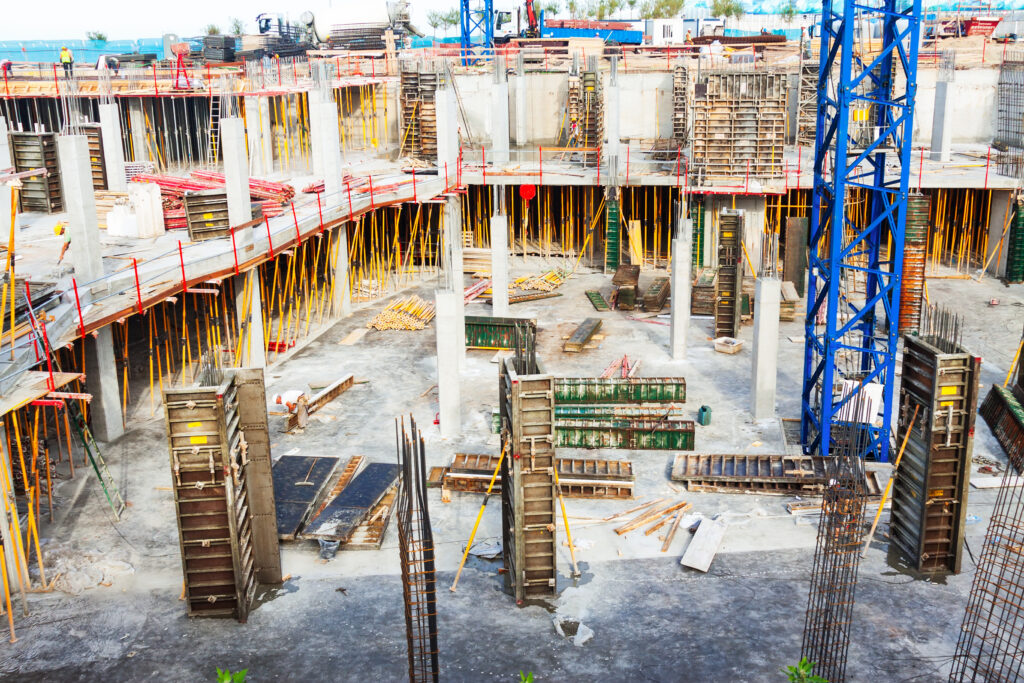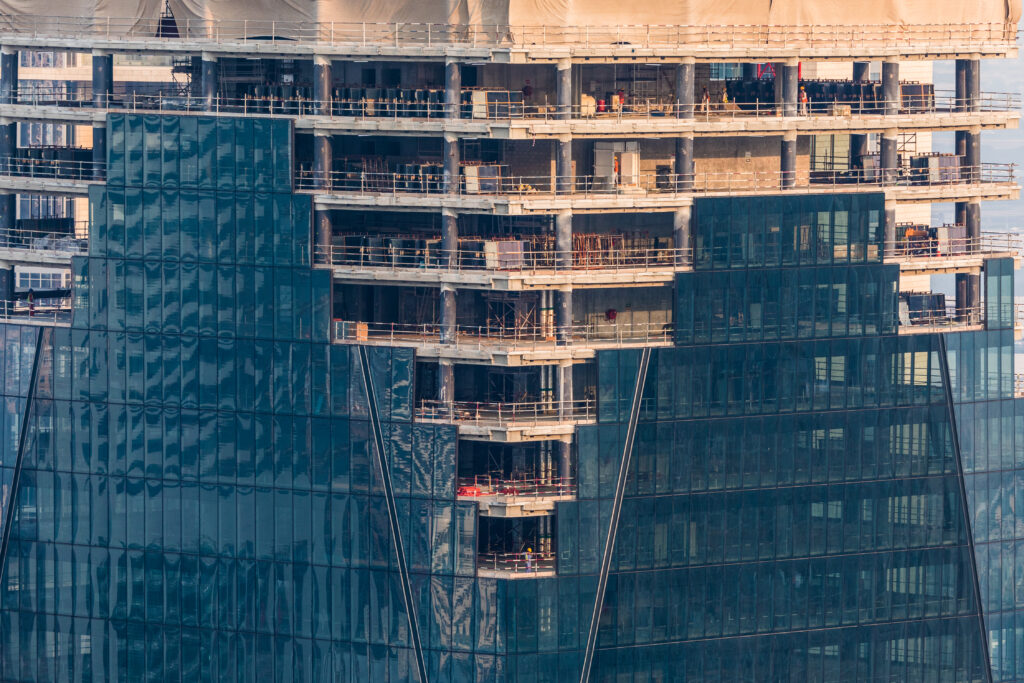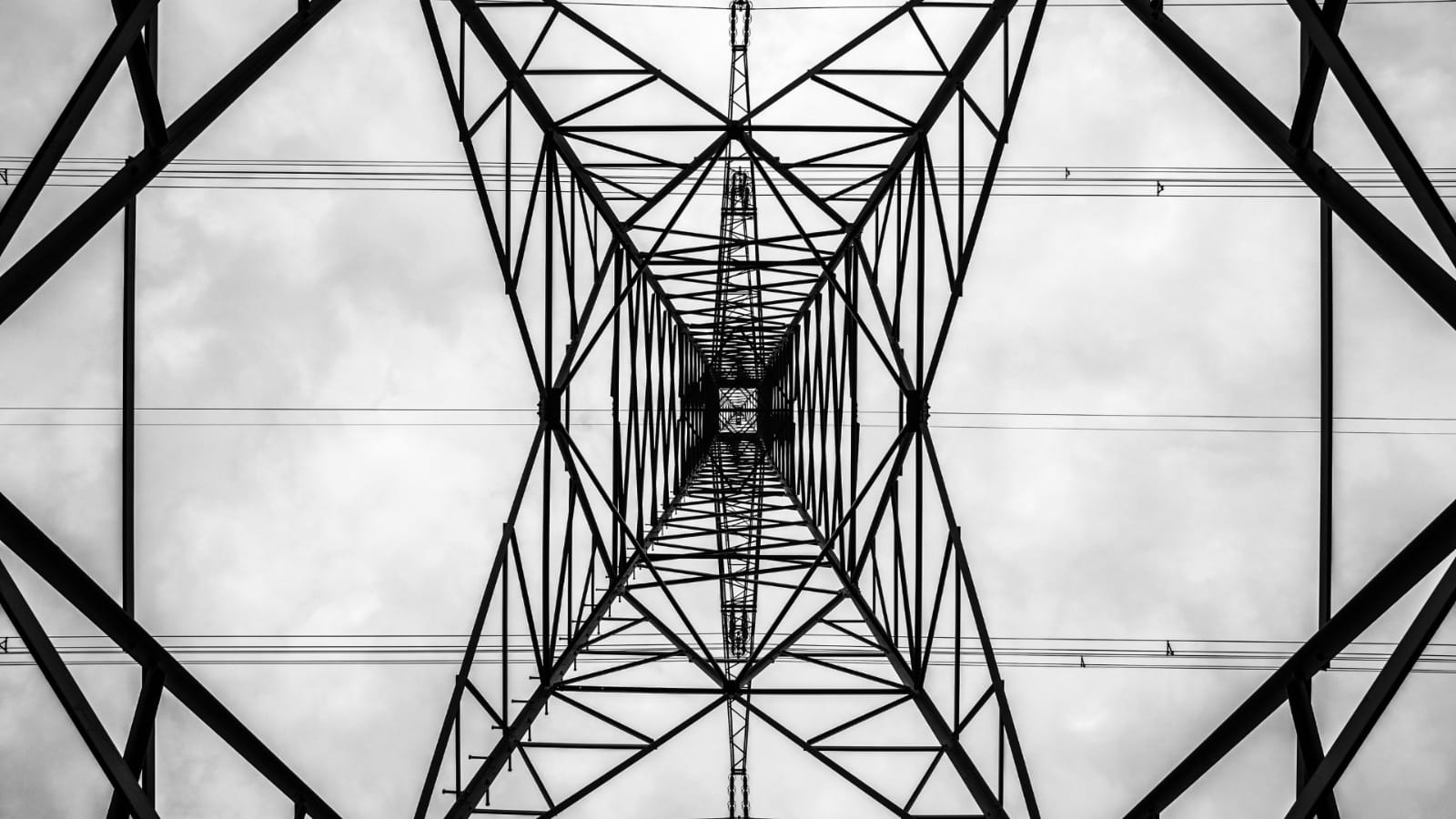AV Infratech Structural Systems Specialists in Post Tensioning
Process of Post Tensioning



The process of post-tensioning involves several stages. First, the tendons are positioned in the formwork according to the design requirements. Once the concrete has cured to a specific strength, the tendons are tensioned using hydraulic jacks. The tensioning force is transferred to the concrete through anchorages, which are specially designed components that secure the tendons in place. After the tendons are tensioned, they are permanently locked in position using wedges or other mechanical devices. The excess length of the tendons is then trimmed, and the structure is ready for its intended use.
The post-tensioning process involves several steps, from design to installation. Here is an overview of the typical process:
The first step is the design of the structure, which takes into account factors such as load requirements, span lengths, and structural performance goals. Structural engineers analyze the project and determine the optimal locations for post-tensioning tendons, as well as the required amount of prestressing force.
Once the design is finalized, the construction process begins. The formwork, which serves as a temporary mold for the concrete, is set up according to the design specifications. Reinforcing steel, such as rebar, is placed within the formwork to provide additional strength to the concrete. Then, the concrete is poured into the formwork and allowed to harden and cure to a certain strength.
After the concrete has reached the specified strength, the installation of post-tensioning tendons begins. These tendons are made of high-strength steel strands or cables, typically bundled together within a protective sheath. The tendons are positioned in the structure following the predetermined layout and alignment.
At each end of the tendon, specialized anchorage devices are placed. These anchorage devices consist of steel plates or wedges designed to grip the tendon securely and transfer the forces from the tendon to the concrete. The anchorage devices are positioned in accordance with the design specifications.
With the anchorage devices in place, the tensioning process begins. Hydraulic jacks or other tensioning equipment are used to apply a significant amount of force to the tendons. This force elongates the tendons, exerting compressive forces on the concrete. The tensioning force is carefully monitored to ensure it meets the design requirements.
After the tendons have been tensioned, the next step is grouting. Grouting involves injecting a high-strength grout or epoxy into the voids or ducts surrounding the tendons. This grout fills any gaps, ensures proper bonding between the tendons and concrete, and protects the tendons from corrosion. Grouting also improves the transfer of prestressing forces to the concrete.
Once the grouting is complete and the tendons are secured, the prestressing forces are transferred to the concrete structure. The compressive forces from the tendons counteract the tensile forces that the structure will experience during its service life, enhancing its strength and performance. After load transfer, any necessary finishing touches are made to complete the construction process.

Strand
Strand is made from seven separate cold-drawn wires that are helically twisted around a single center wire (king wire) in accordance with IS code (IS14268:1995). The capacity and effectiveness of the anchorage are unaffected by strand coatings. Galvanised iron duct systems are one of the solutions we offer for better corrosion prevention. The strand should be kept in a spot that is both clean and dry. There are two distinct strand kinds, measuring 0.5" and 0.6".

Sheathing
Galvanised steel tubes constructed from 0.25 to 0.3mm thick galvanised steel strip are required for sheathing bonded tendons. In order to prevent cement grout from entering during concreting, it is mortar tight. The duct must be sturdy enough to maintain its shape and withstand damage while being built.

HDPE
To ensure resistance to ultraviolet degradation, the duct's material must be high-density polyethylene with greater than 2% carbon black. For duct sizes up to 160mm OD, the thickness of the wall must be 2.30.3mm as built and 1.5mm after loss in the compression test. There must be corrugations on both sides of the duct. The duct must transmit all of the tendon's strength to the surrounding concrete over a length that is no longer than four times the diameter of the duct.

Anchorages
At the anchorage, the prestressing force is passed to the concrete. The anchorages that are stressed are known as active anchorages, whereas the others are known as passive anchorages. To minimise friction losses, a tendon may occasionally be stressed from both ends. The anchorage must be safe and secure against impact as well as dynamic and static loads. The anchoring device must be sturdy enough to withstand forces at least as great as the breaking strength of the prestressing tendons in every way.
